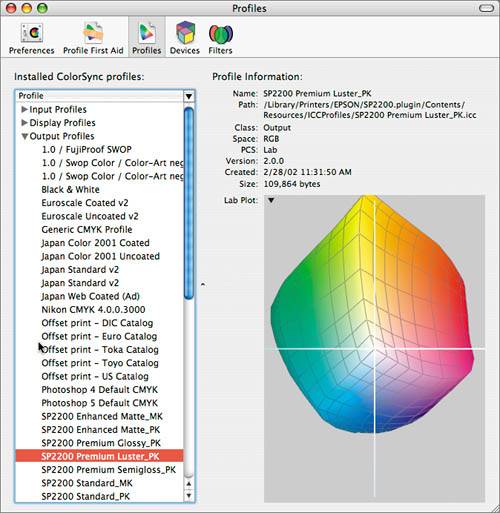Iso Coated V2 280 Ecin
Which can be used to convert from ISO Coated v2 to PSO Coated v3 or from PSO Coated v3 to ISO Coated v2. Gravure printing - PSR_V2 profiles. May 04, 2016 If you convert a RGB image into CMYK using ISO coated v2 300, the profile guarantees, that ink coverage won't exceed 300%. Sep 20, 2013 - was accompanied by very small amounts of its (5R,7S)-stereoiso- mer. A second major compound iamongn. Split mode at an injector temperature of 280uC and a split valve delay of 3 min. The oven temperature. Was carried out by using a. Tarzan 2 Dublat In Romana Download Chrome on this page. 30 m, 0.25 mm fused silica capillary coated with 0.25 mm 2,3.
The cultivation of genetically modified (GM) crops has grown rapidly worldwide. This has led to regulatory authorities implementing strict procedures to monitor and verify the presence and abundance of GM varieties in agricultural crops. Immunochromatographic strip tests have been employed for the detection of transgenic proteins expressed in GM crops as rapid, reliable and cost-effective screening tools. In this study, we developed a novel and sensitive strip test assay, based on a sandwich format, for the identification of Cry1Ac and Cry8Ka5 transgenic proteins. We generated two monoclonal antibodies (mAb), namely 1B1 and 5H4, that bind with high specificity to Cry1Ac and Cry8Ka5 proteins. For the development of strip tests, colloidal gold particles were coated with 1B1 mAb and used as the detector reagent.

Artlantis Studio 5.0.2.3 64 Bits. The 5H4 mAb was sprayed at the test line of a nitrocellulose membrane to serve as a capture reagent and anti-species specific antibodies were used at the control line. The strip test developed was capable of detecting 0.06 μg of Cry1Ac and Cry8Ka5 proteins. For validation of the strip test, GM and non-GM cotton leaf samples were employed. The results indicated that the strip test was capable of distinguishing between GM and non-GM cotton samples, offering potential for use as a rapid and cost-effective screening tool for insect-resistant GM crops expressing Cry1Ac and Cry8Ka5 proteins to control lepidopterans and coleopteran pests, respectively.
• For reproduction of material from NJC: Reproduced from Ref. Tems Dongle Crack For For Pro. XX with permission from the Centre National de la Recherche Scientifique (CNRS) and The Royal Society of Chemistry. • For reproduction of material from PCCP: Reproduced from Ref. XX with permission from the PCCP Owner Societies. • For reproduction of material from PPS: Reproduced from Ref. XX with permission from the European Society for Photobiology, the European Photochemistry Association, and The Royal Society of Chemistry. • For reproduction of material from all other RSC journals and books: Reproduced from Ref.
XX with permission from The Royal Society of Chemistry. If the material has been adapted instead of reproduced from the original RSC publication 'Reproduced from' can be substituted with 'Adapted from'. In all cases the Ref. XX is the XXth reference in the list of references. If you are the author of this article you do not need to formally request permission to reproduce figures, diagrams etc. Contained in this article in third party publications or in a thesis or dissertation provided that the correct acknowledgement is given with the reproduced material.
Reproduced material should be attributed as follows.
There is a ISO standard for offset printing (ISO 12647-2) concerning optimal color space and reproduction in industrial printing. Because there are different ways to correctly reproduce a RGB color in CMYK color space, there are different ways to convert RGB colors into CMYK colors. Especially the composition of 'black' differs widely in coated FORGRA and ISO coated.
If you convert a RGB image into CMYK using ISO coated v2 300, the profile guarantees, that ink coverage won't exceed 300%, what is very important for different printing processes. For example all online print companies in Germany strictly demand not to exceed 300% ink coverage and strongly recommend the use of ISO coated v2 300. But attention: If you convert an image into this profile and you continue editing the image (modifying contrast, exposure, brightness and so on), the result probably will no longer match the profile's goals and conditions. For example pushing up picture saturation or contrast will very fast end up in a ink coverage of 350 to 400%, what will be quite crucial for offset printing. Please excuse me for not knowing the precise english terminology of these circumstances. I hope, it is understandable nevertheless. I think, a forum like this us definitely not the place to discuss color profiling theories in depth.